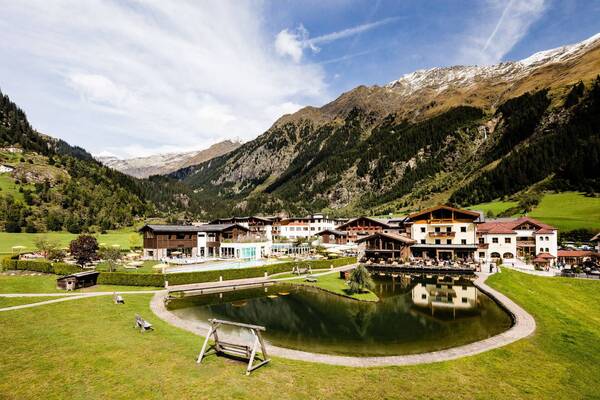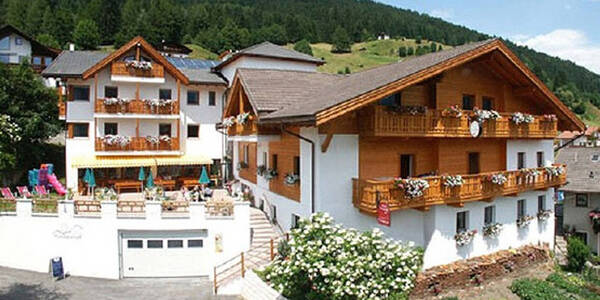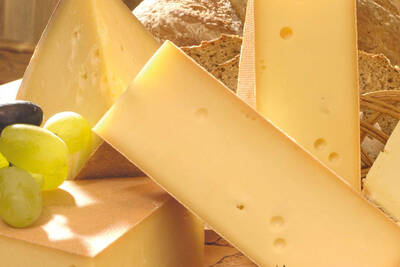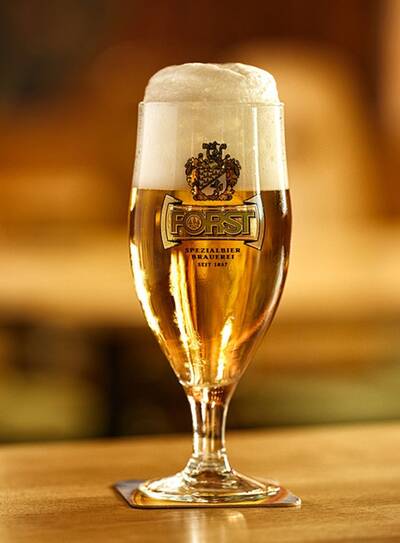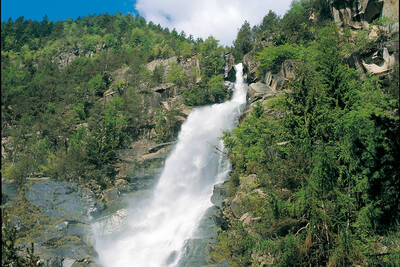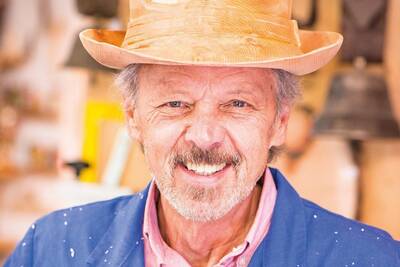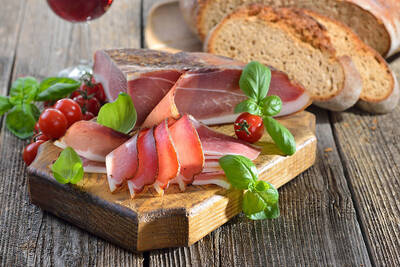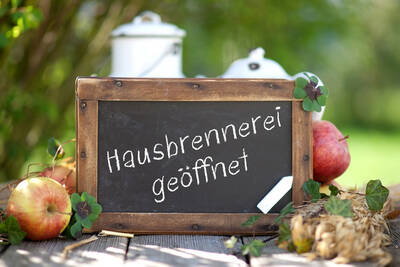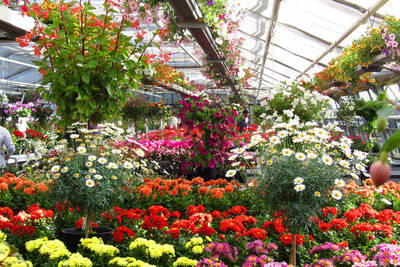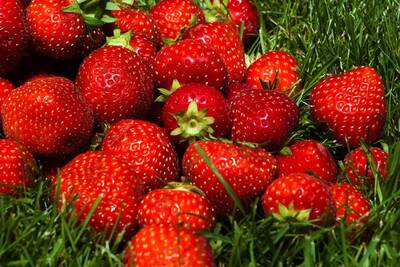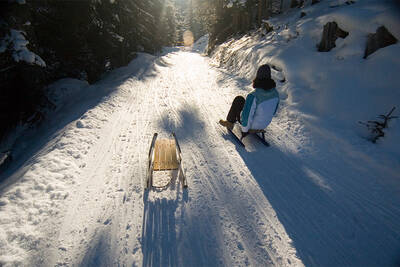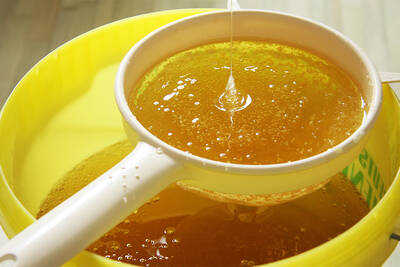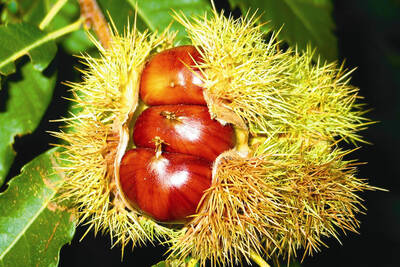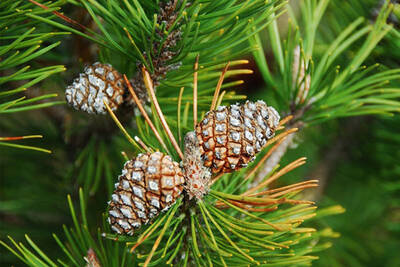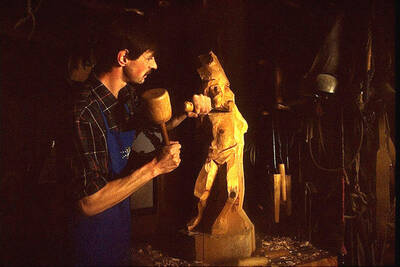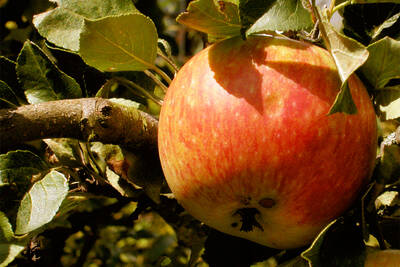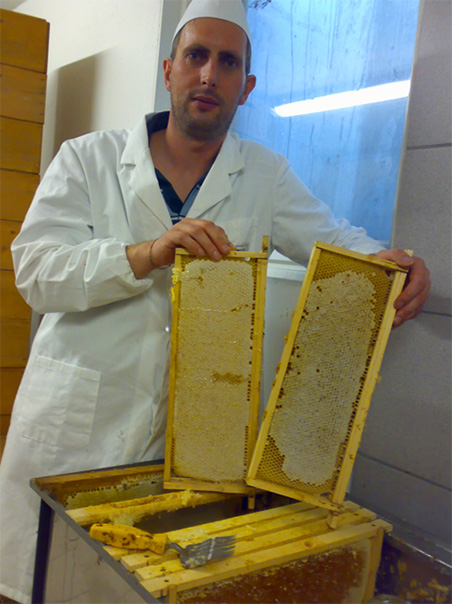
Eisendle Martin, the beekeeper from Ridnaun
In 1992, I acquired three beehives from an acquaintance and, based on that, gained a lot of experience over the years. I now keep around 100 beehives at several locations distributed throughout South Tyrol. Even though keeping and caring for the bees is not always easy, as bee diseases like the Varroa mite and environmental influences make it difficult for the bees to survive in today's world, the bees always bring me great joy.
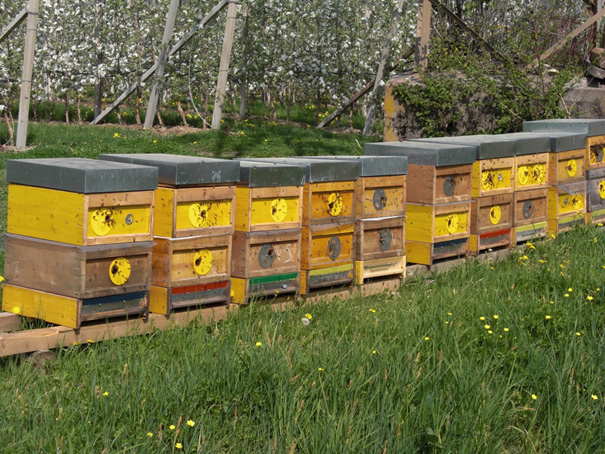
What fascinates me about beekeeping?
Every year, I am amazed at how much life returns to the beehive with the arrival of spring. For almost 3 months, there is no activity at the beehive. It's only on the first warm spring days that life returns to the colonies. The bees fly out and collect the first pollen. Within a few weeks, the size of the colony multiplies, so that with the blooming of the dandelions, the first nectar is collected and thus the beekeeper has the first honey available.
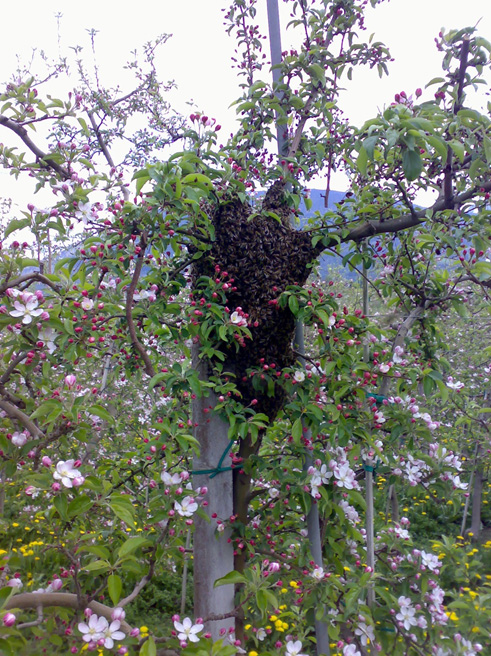
What are the products from the bee colony?
As is well known, bees produce honey from the nectar of flowers and from other sweet juices and plants, enriching them with their own body substances. Depending on the origin of the nectar, there is light, golden to dark brown honey. Honey is not only a very valuable, energy-rich food, but can also be used as a remedy, especially for colds. Other products from the beehive are propolis (bee glue), which has a natural antibiotic effect. The flower pollen is used as a protein-rich dietary supplement. The beeswax is used for beeswax compresses, for the production of cosmetics, ointments, and for candle making.

Did you know that…
- ...a honeybee pollinates up to 1,000 flowers daily?
- ...a queen bee lays around 120,000 eggs annually?
- ...a bee colony flies around the earth three times to produce 500g of honey?
- ...a bee larva weighs 500 times its initial weight after 6 days?
- ...bees can increase the yields of fruit growers by up to 80%?
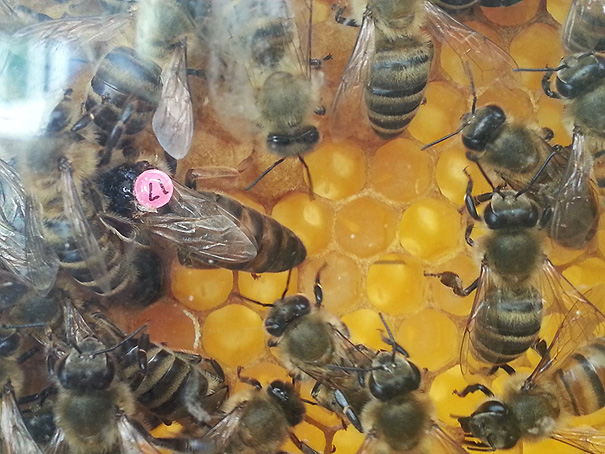
Recommended accommodations
Month

Vacation Offers
tips







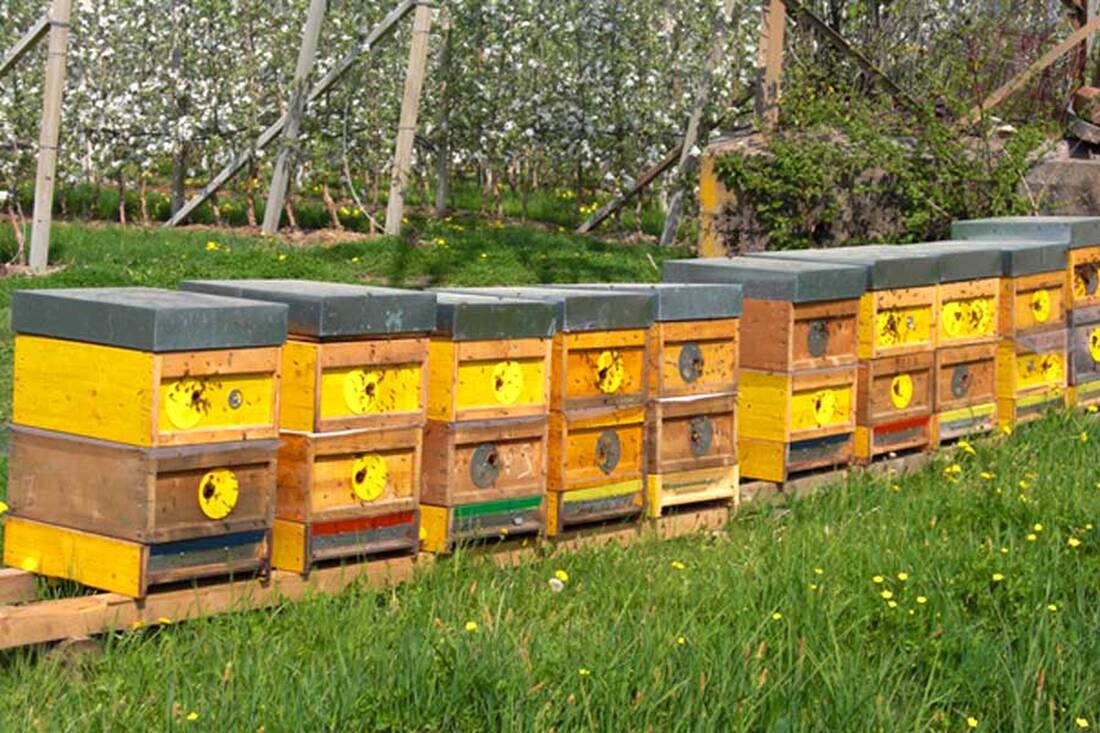
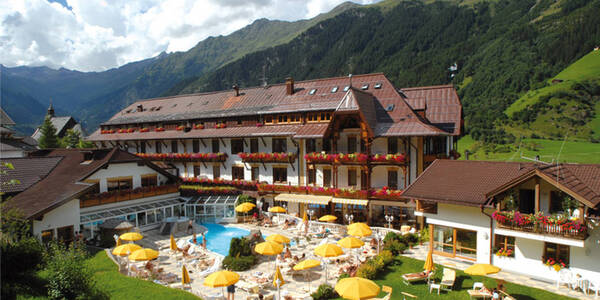




 notice
notice